Scan first time, every time
When presented with the task of barcoding a new product, it can seem like a daunting concept. If not done correctly it can cause significant operational, financial and legal costs. Although in saying that, they’re not to be feared. By following our checklist, you can ensure the quality of your barcode is up to standard and will scan every time.
Barcode size
Every type of GS1 barcode has a required size range in order for it to be readable for the scanner. If it doesn’t meet the standard the barcode will have to be entered manually.
Barcode colour contrast
The way a scanner reads a barcode is by recognizing the light and dark between the bars and spaces. Cool colours such as blue, black and green are suitable bar colours as they absorb the light, and warm colours such as white, red or yellow are appropriate background colours as they reflect the light. If the right background or print colours aren’t used the scanner won’t be able to reliably read the barcode on every scan.
Barcode quiet zone
Every barcode requires quiet zones on either side so the scanner can recognize where the barcode starts and ends. If the background colour of the package is cool and there are no quiet zones the scanner will recognize the background as another bar and will not recognize the barcode.
Barcode location
To be scanned easily and quickly the barcode needs to be placed in the right location. If it’s positioned under the seam of a bag or around a corner it won’t scan. The most acceptable position is the lower right of the back of the product.
Barcode print quality
If the barcode is printed blurry or patchy the scanner won’t be able to read the barcode. Printing a high-quality barcode is one of the ways to guarantee 100% scanning accuracy.
To ensure optimum print quality it’s important that your thermal printer is being properly maintained. If the print quality of your labels is declining, it’s a symptom of printer failure, and means your printer needs a health check service. Other symptoms can include jamming or poor feeding of labels and media sensor errors.
Barcode label material
Is the material the barcode is printed on appropriate for scanning? As an example, transparent packaging can make it difficult to scan a barcode – it needs to be opaque enough for the scanner to register the spaces.
Barcode type
Various barcodes are designed to fit the needs of different applications. In Australia, the types of barcode include EAN/UPC, GS1-128, GS1 DataBar, ITF-14, GS1 DataMatrix, GS1 QR Code, 2D code, and GS1 Digital Link.
The EAN-13 barcode is the commonly used barcode for products sold at retail POS, while logistic applications typically use GS1-128 for an SSCC label.













